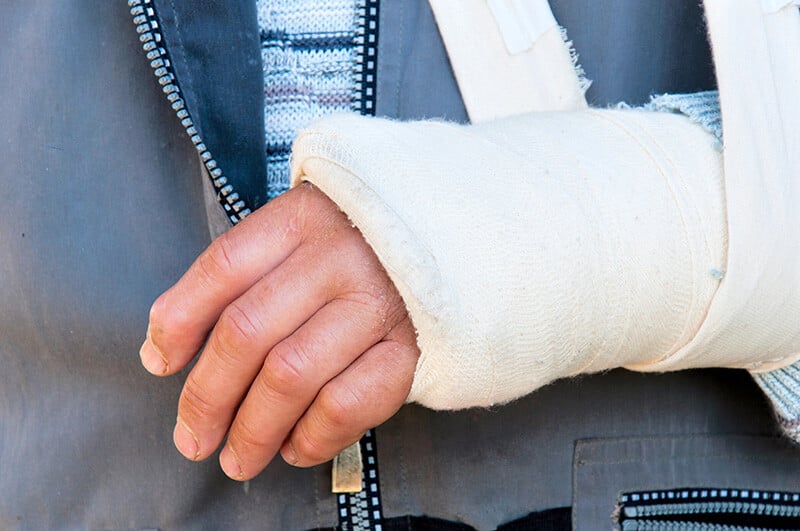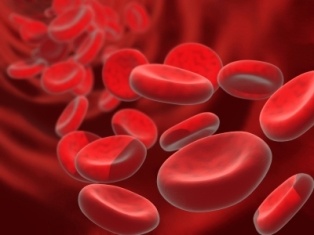Understanding Nonunions & How An Orthopedic Doctor Can Help

Bone fractures are a fairly common occurrence, and usually heal without any problems. Bones that fail to heal are referred to as a nonunion. Nonunions can be painful and even debilitating.
Orthopedic doctors who are specifically trained and have experience in treating nonunions should be consulted when this condition is present. There are certain types of fractures that are more prone to poor healing than others.
- Fractures in the elderly or immunocompromised individuals
- Fractures occurring from high impact
- Open fractures (where the bone is exposed)
A fracture is considered to be a nonunion when a minimum of six months has elapsed since the occurrence of a fracture – with no visible signs of healing for three months.
Preventing Nonunions
Healthy healing of a bone depends on a number of important factors. In the case of a nonunion, it is important that the professional help of an orthopedic doctor is obtained. Orthopedic specialists are experienced in treating bones that do not heal. Three important considerations to make when treating a nonunion:
- Blood supply
- Stability
- Nutrition
Blood supply. For a fracture to heal properly, an adequate blood supply must be maintained. The body is usually able to heal the broken bone on its own.

As the bone heals, the blood supply to the injured bone or bones, usually comes back on its own. This does not occur in the case of a nonunion.
Stability. When a bone is broken, it must be placed back into the proper position and stabilized to prevent it from moving during the healing process.
• Cast• Surgical fixation
• Screws, plates, rods, frames
To avoid a nonunion, your orthopedic doctor will decide which method of stabilization is appropriate. Keeping a broken bone in a stable position while it heals aids in proper and faster healing.
Nutrition. Eating healthy while a bone is healing is important to a fast recovery. Protein, calcium, vitamins D and C are important during recovery.
Causes Of Nonunions
There are many causes of nonunions. They are most likely to occur from a high-impact injury – such as an automobile accident for instance. Nonunions become more complicated when other injuries impair the blood supply to a broken bone. Nonunions can also be caused by several common risk factors.
Orthopedic doctors can help identify risk factors. There are many risk factors that increase the likelihood of nonunions. Your orthopedic specialist will help you determine how your health can be improved and lower your risk for bone fractures that may end in a nonunion.
- Aging
- Diabetes
- Hypothyroidism
- Medications
- Poor nutrition
- Severe anemia
- Tobacco use
Nonunions
When a bone is broken, it is able to recover by new bone tissue filling in the cracks. A nonunion occurs when this new bone tissue does not grow and fill in the spaces caused by the break. A nonunion can happen because the bone is not well stabilized or isn’t able to receive enough blood to allow the new tissue to grow. It can also occur if there is an infection. The cause can be from patient health related factors, factors related to the break itself – or from improper stabilization or fixation.
With today's busy schedules, being active is just par for the course and sometimes injuries cannot be avoided. The most successful way to deal with these types of health issues – is to seek the advice and treatment by an orthopedic specialist.

